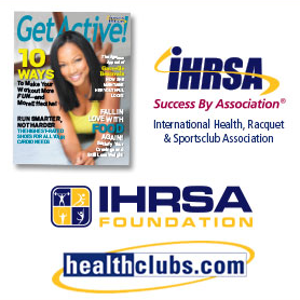Advertisement
The most powerful brain boosters are activities that combine both aerobic activity and coordination. The aerobic activity spawns new brain cells, and the coordination exercises strengthen the connections between those new cells so your brain can recruit them for other purposes, such as thinking, learning, and remembering. Here are the combo activities that I recommend.
Table tennis is my favorite combo activity. It also happens to be the world's best brain sport. Most people refer to it as Ping-Pong, though that's a trademarked name. Table tennis is a better aerobic exercise than you might imagine, and it gives your brain one heck of a workout. A fascinating brain imaging study from Japan found that just 10 minutes of table tennis increases activity in the prefrontal cortex and cerebellum.
It's like aerobic chess. It's great for hand-eye coordination and reflexes (cerebellum and parietal lobes). You have to focus (prefrontal cortex) so you can track the ball through space (parietal lobes and occipital lobes), figure out spins (parietal lobes and occipital lobes), and plan shots and strategies (prefrontal cortex and cerebellum). Then you have to follow through and execute those tactics successfully (prefrontal cortex and cerebellum). All the while, you have to stay calm so you don't get too nervous on game point (basal ganglia). And you can't dwell on the point you blew a few minutes ago (anterior cingulate gyrus) or blow your top when you make a mistake (temporal lobes).
Dancing is highly aerobic and is especially good for your brain if you are learning new steps rather than just grooving to the music. Taking classes in ballroom, hip-hop, or jazz dancing where you have to memorize routines is ideal.
Tennis and basketball both require good hand-eye coordination, quick reflexes, and an ability to see the entire court and plan your shots.
Martial arts actually enhance the brain's physical structure. Researchers in Brazil found that people who participated in a form of martial arts had significantly higher gray matter tissue density than nonparticipants. Of course, this only applies if you don't engage in any sort of contact that could result in a brain injury (e.g., mixed martial arts).
Table tennis is my favorite combo activity. It also happens to be the world's best brain sport. Most people refer to it as Ping-Pong, though that's a trademarked name. Table tennis is a better aerobic exercise than you might imagine, and it gives your brain one heck of a workout. A fascinating brain imaging study from Japan found that just 10 minutes of table tennis increases activity in the prefrontal cortex and cerebellum.
It's like aerobic chess. It's great for hand-eye coordination and reflexes (cerebellum and parietal lobes). You have to focus (prefrontal cortex) so you can track the ball through space (parietal lobes and occipital lobes), figure out spins (parietal lobes and occipital lobes), and plan shots and strategies (prefrontal cortex and cerebellum). Then you have to follow through and execute those tactics successfully (prefrontal cortex and cerebellum). All the while, you have to stay calm so you don't get too nervous on game point (basal ganglia). And you can't dwell on the point you blew a few minutes ago (anterior cingulate gyrus) or blow your top when you make a mistake (temporal lobes).
Dancing is highly aerobic and is especially good for your brain if you are learning new steps rather than just grooving to the music. Taking classes in ballroom, hip-hop, or jazz dancing where you have to memorize routines is ideal.
Tennis and basketball both require good hand-eye coordination, quick reflexes, and an ability to see the entire court and plan your shots.
Martial arts actually enhance the brain's physical structure. Researchers in Brazil found that people who participated in a form of martial arts had significantly higher gray matter tissue density than nonparticipants. Of course, this only applies if you don't engage in any sort of contact that could result in a brain injury (e.g., mixed martial arts).
Continue Learning about Sports & Athletic Performance
Important: This content reflects information from various individuals and organizations and may offer alternative or opposing points of view. It should not be used for medical advice, diagnosis or treatment. As always, you should consult with your healthcare provider about your specific health needs.





